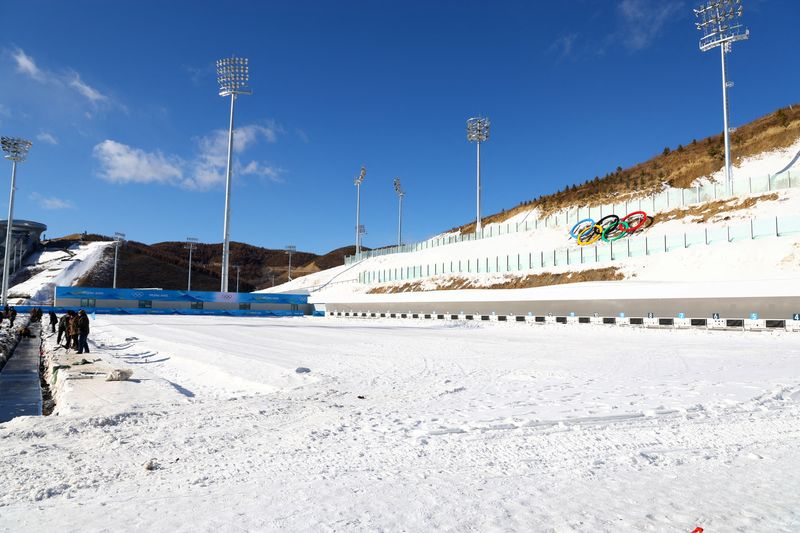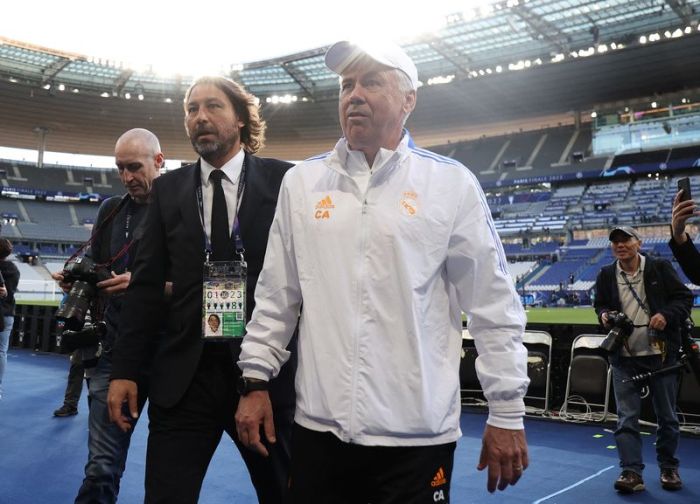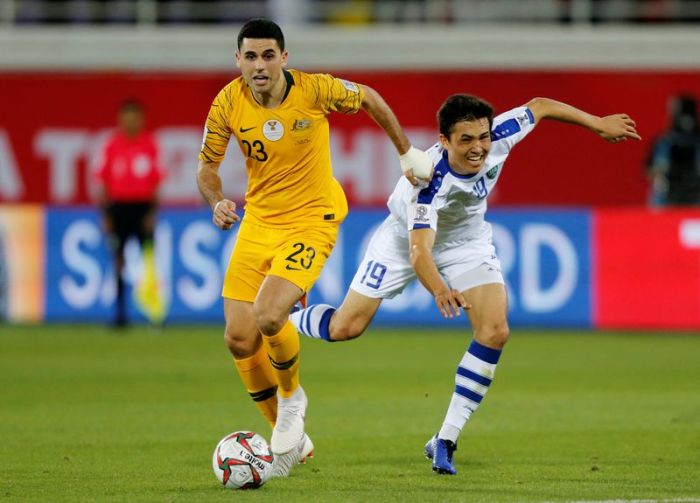(Reuters) – Focus on biathlon at the Beijing Olympics.
THE ABSOLUTE BASICS
* A combination of skiing and shooting
* Athletes must quickly lower their pulse before shooting
* Missed shots can be punished with time penalties or penalty loops
* Olympic program features sprints, long distances and team events
* Rifles use .22 caliber Long Rifle (LR) ammunition
HOW MANY MEDALS?
There are 11 gold medals on offer – five for men, five for women, and one mixed event.
WHAT CAN WE EXPECT IN BEIJING?
Open and thrilling competition. In a sport where a missed shot can change everything, margins between victory and defeat can come down to fractions of millimetres on the shooting range.
Expect to see strong challenges from Norway, Sweden, France and Belarus on the women’s side, while the Norwegians, French and Swedes will be in a tough competition amongst the men.
WHAT HAPPENED IN PYEONGCHANG?
France’s Martin Fourcade took a trio of gold medals and Laura Dahlmeier got two for Germany, while a young Sweden team made their mark with two golds and two silvers. Fourcade and Dahlmeier have retired, leaving the 2022 field wide open.
WHAT’S NEW?
There are no major changes to the sport or equipment to be used for the 2022 Games.
WHEN IS IT HAPPENING?
Feb. 5 to 19.
WHERE IS IT HAPPENING?
The National Biathlon Centre in Zhangjiakou, approximately 190km northwest of Beijing.
HOW DID WE GET HERE?
The sport has its roots in Nordic military training and made its Olympic debut in 1960 for men, with women following in 1992. Switching from lung-bursting skiing to accurate shooting, it requires strength, stamina and nerves of steel.
WELL FANCY THAT
A 2020 survey of fans by the International Biathlon Union (IBU) found that they saw climate change as the biggest threat to the sport, resulting in a commitment to reduce its carbon footprint by 50% and make it climate-neutral by 2030.
(Reporting by Philip O’Connor; Editing by Ken Ferris)















